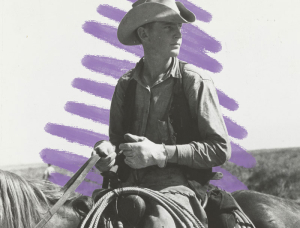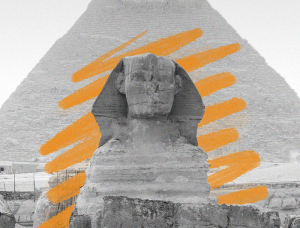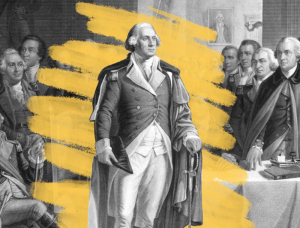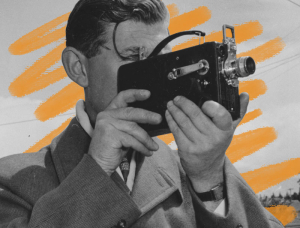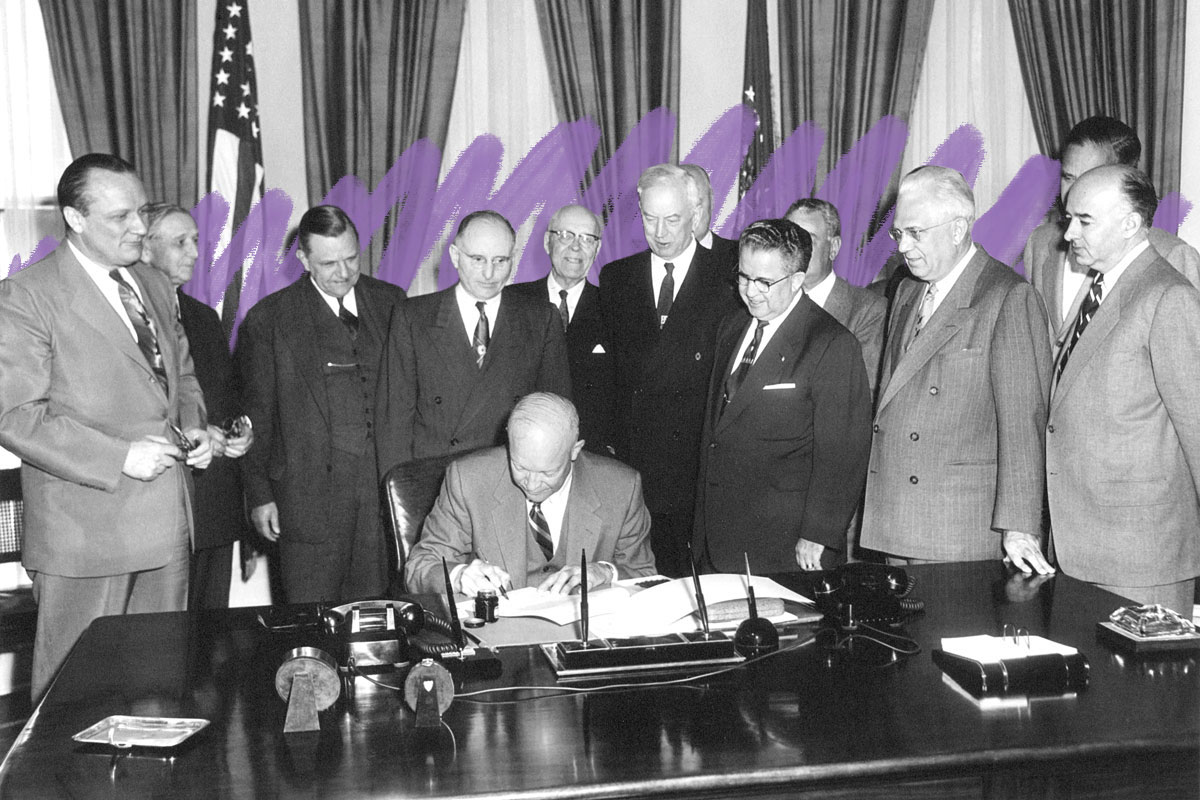Dwight D. Eisenhower’s road trip inspired the interstate highway system.
In 1919, Dwight D. Eisenhower, then a lieutenant colonel in the Tank Corps, learned of the U.S. Army’s plan to test the capabilities of its transport vehicles by moving 80 military vehicles across the United States from Washington, D.C., to San Francisco. A cross-country expedition of this scale had never been attempted, and as Eisenhower later explained in his memoir At Ease: Stories I Tell to Friends, he volunteered his services as an observer “partly for a lark and partly to learn.”
After missing the first leg of the trip to Frederick, Maryland, Eisenhower joined the expedition, known as the First Transcontinental Motor Convoy, for the remainder of its two-month, 3,000-mile journey along the Lincoln Highway to California. As per the requirements of his involvement, the young officer dutifully submitted a report that analyzed the performances of the various military vehicles, the discipline shown by participating soldiers, and the quality of the roads encountered along the way. He also offered suggestions on how to allocate resources toward improving highway conditions — demonstrating how the journey piqued his interest in a future United States linked by a system of well-maintained roads.
A quarter-century later, Eisenhower, as supreme commander of the Allied forces during World War II, observed how Germany’s modern highways enabled the speedy, efficient transport of materiel. His interest in an improved road network again ignited, Ike made the development of America’s highways a centerpiece of his domestic agenda upon being elected U.S. president in 1952. His vision became a reality with the passage of the Federal-Aid Highway Act of 1956, which established the Interstate Highway System, the vast network of roads that crisscross the country today.
